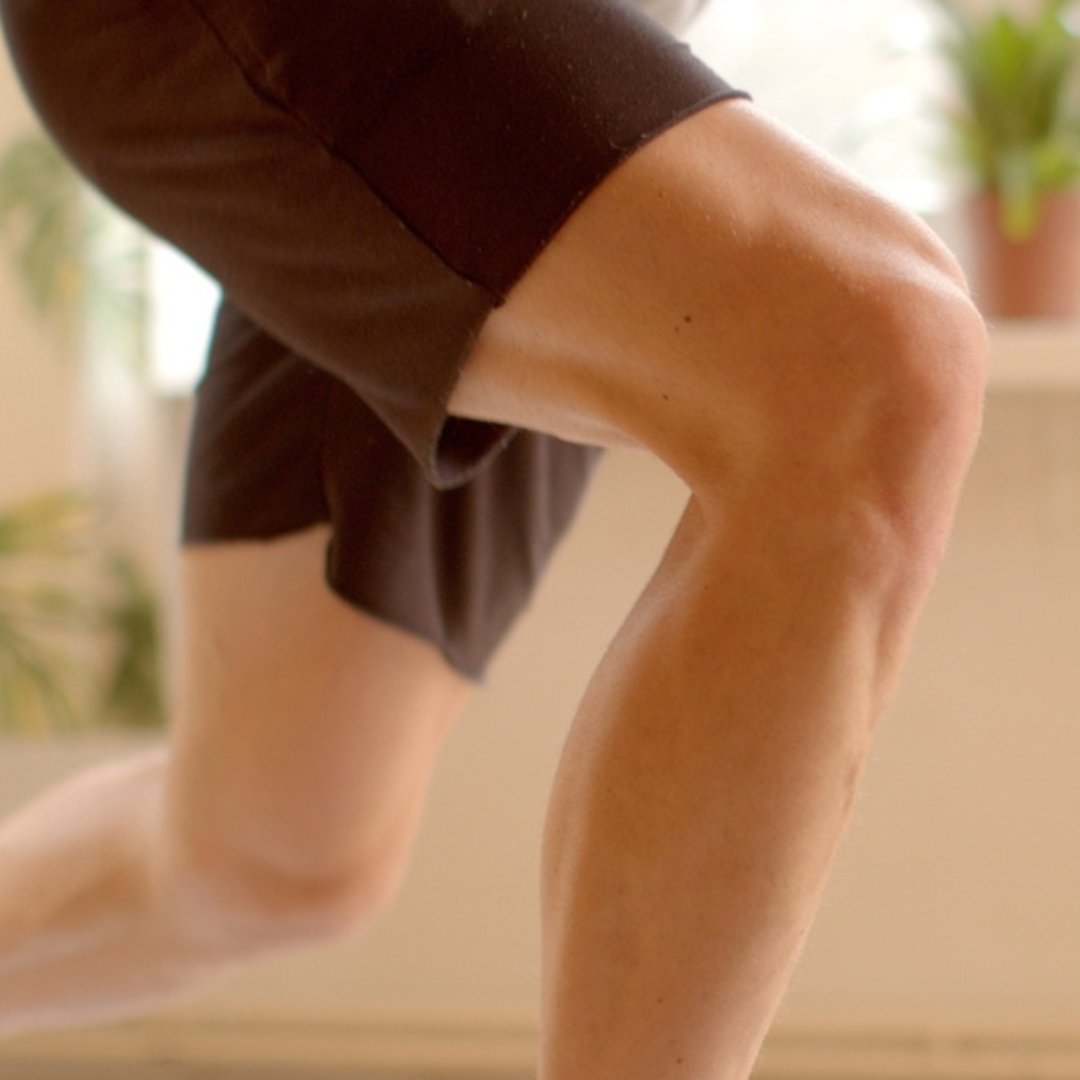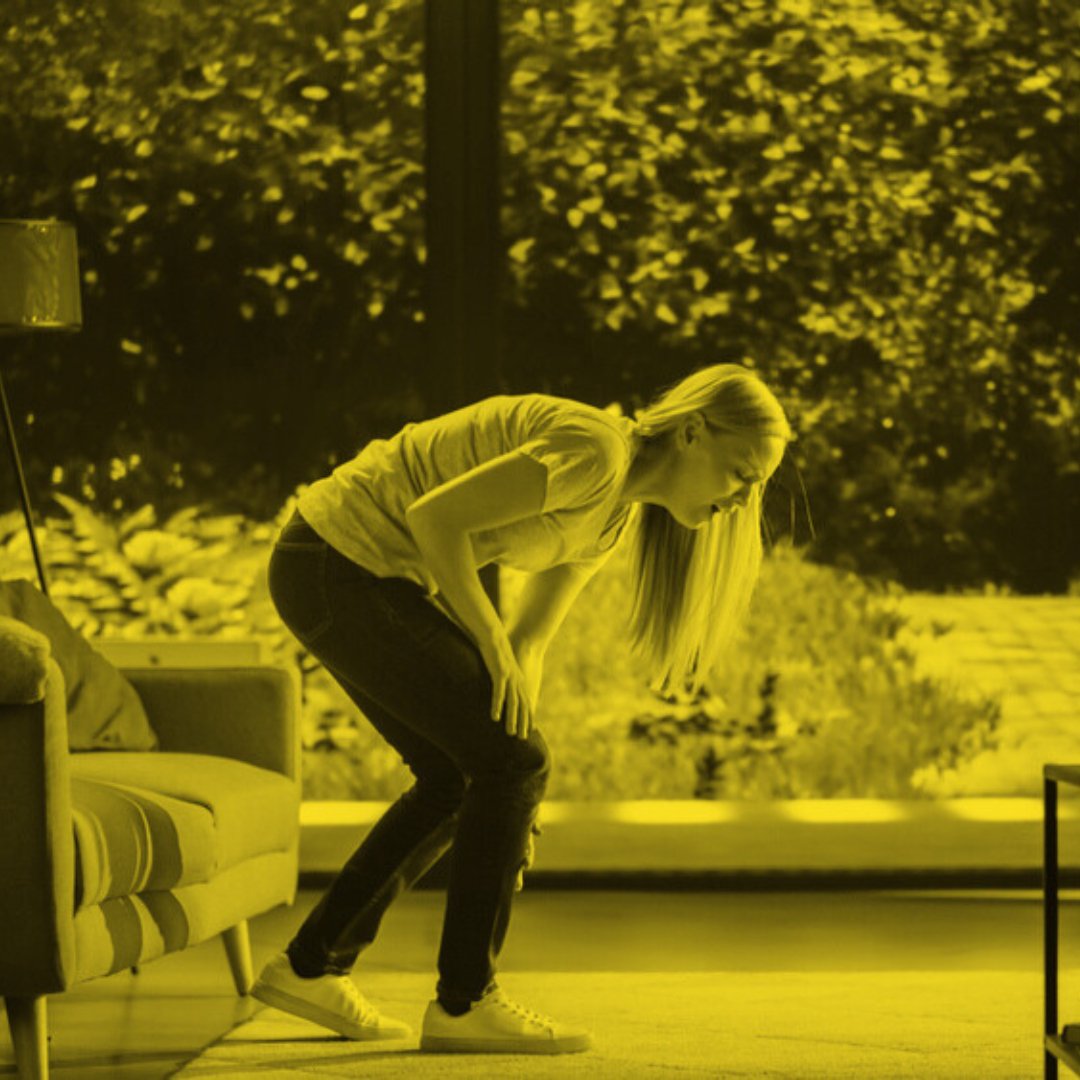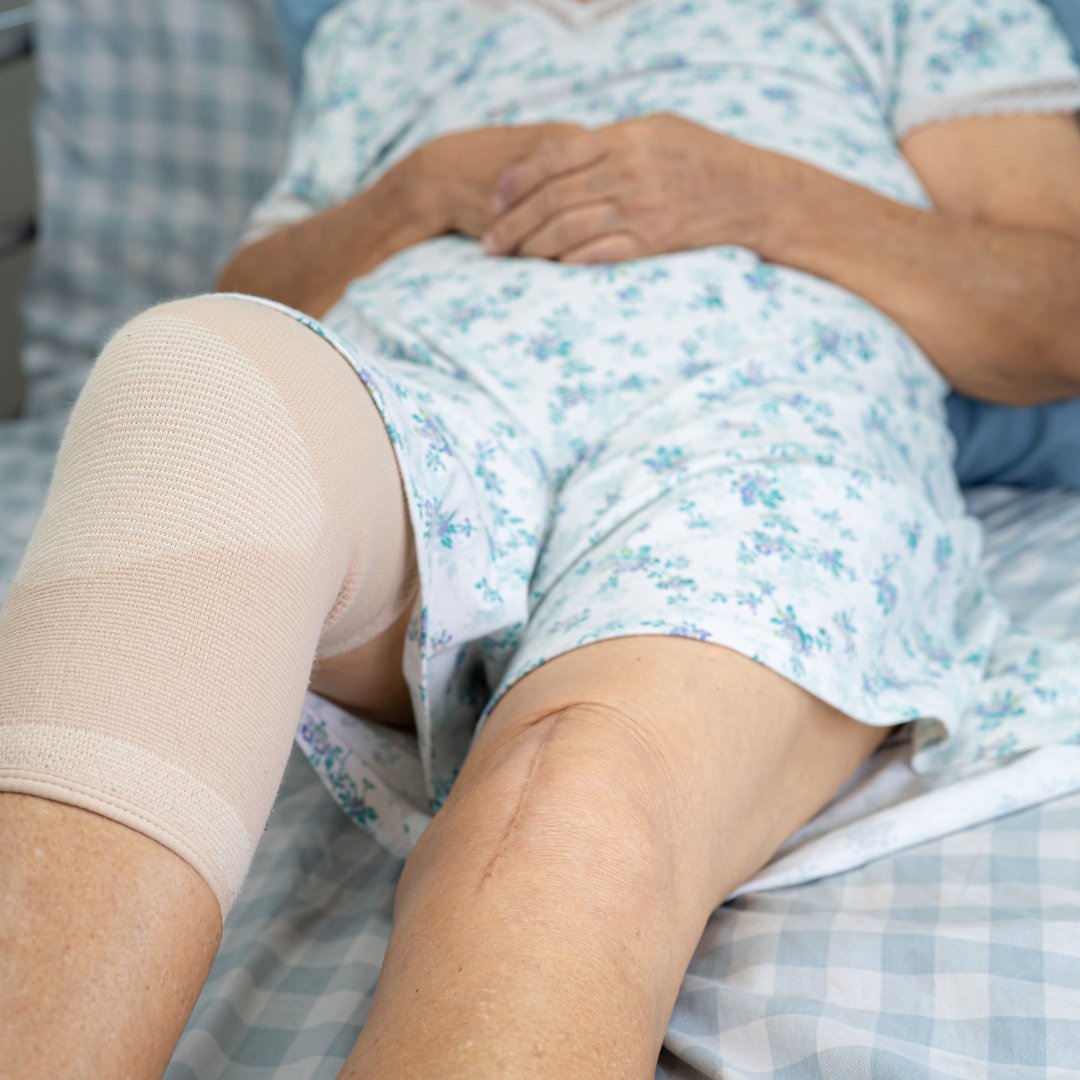
Neuromuscular Training for Knee Stability: What It Is and Why It Works
Learn how neuromuscular training improves knee stability, balance, and proprioception to support joint health and prevent injuries.
When I meet someone after total knee replacement surgery, one of the first things I check is knee extension. Can you get your knee all the way straight? It may not sound glamorous, but that ability to fully straighten your knee is one of the most important factors in your overall success with knee rehab. Without it, walking feels awkward, your steps will be uneven, and you may find yourself limping or getting tired more quickly than you’d like.
Think of it this way: if your car tire is slightly deflated, it can still roll down the road, but the ride feels bumpy and you burn through gas faster. A knee that doesn’t fully extend is like that low tire. You can still move, but everything takes more effort, and eventually, other parts of your body start to compensate.
When your knee reaches full extension, your leg can support your weight efficiently. That means you use less energy with every step. Even standing becomes easier, since you don’t need to work overtime just to keep yourself balanced.
During knee rehab, many people focus on bending their knee, and yes, flexion is important. But I’ll let you in on a little secret: extension matters even more. If you don’t get your knee straight, you’ll always walk with a slight bend. That small bend throws off your gait and limits how far you can walk before your leg feels heavy or sore. Over time, it can even strain your hip and back.

A knee that won’t straighten has ripple effects. You may notice that instead of a proper heel-to-toe gait pattern, your steps land more flat-footed, which isn’t the walking pattern you want to develop. This can result in a stiff-kneed walking pattern, where the knee stays slightly bent with each step. Over time, this puts added stress on your other knee, hip, and back, while also causing muscle fatigue from being constantly engaged. These little compensations add up, making you feel off balance.
Simple activities like climbing stairs or standing at the kitchen counter can become harder. Long walks at the park, grocery shopping, or keeping up with grandkids may leave you more fatigued than you expect. Many people may feel frustrated, not because they can’t bend their knee, but because they can’t stand comfortably for long periods or walk naturally without a limp. That’s almost always due to a lack of knee extension.
The good news is that you can make progress with knee extension at any stage of your knee rehab. Here are some practical strategies that work:
Try placing your heel on a chair or ottoman and letting gravity gently encourage your knee to straighten, this is called a heel prop. Leaning forward in this position will also give you a stretch in your hamstring, the muscle along the back of your thigh. Start small, avoid forcing the movement, and remember that consistency matters more than intensity.
Your quadriceps are the muscles in the front of your thigh. They’re the ones that help lock your knee straight. Strengthening them with straight leg raises or isometric quad sets (tightening your thigh while your leg is flat on the bed) is crucial for supporting knee extension.
When you walk, focus on striking with your heel first and letting your knee extend naturally as you step forward. It may feel awkward at first, but retraining your body to move correctly makes your progress last. Another excellent exercise for improving knee extension is ‘retro-walking,’ or walking backward. Focus on fully extending your knee with each step, and be sure to hold onto a stable surface for support while practicing.
A lot of misinformation surrounds knee rehab, and knee extension is no exception. These common myths often cause people to underestimate its importance or believe they’ve run out of time to improve. The truth is, extension remains one of the most trainable aspects of knee rehab. Some of these common myths include:
Flexion gets the spotlight, but if you don’t reach full extension, your walking and standing will always feel off. Think of flexion as the showpiece and extension as the foundation. Without the foundation, the structure doesn’t stand.
While it’s easier to gain full extension early in your knee rehab, progress can be made months or even years later with the right techniques and consistency.
It may be common, but it isn’t normal. Most limps after knee replacement surgery are linked to a lack of full extension. Addressing that stiffness can often smooth out your gait dramatically.

What I love most about helping people gain full knee extension is watching the ripple effects in their lives. Walking without a limp means you feel confident in social settings. Standing for longer means you can enjoy concerts, sporting events, or church services without fidgeting from discomfort. Longer walks mean you can get back on the golf course or join family outings instead of sitting them out.
Knee replacement recovery isn’t just about exercises, it’s about getting your life back. Every degree of extension you gain adds to your independence and peace of mind.
Gaining full knee extension may not sound exciting, but it’s the key to walking comfortably, standing with ease, and living without constant fatigue. It’s the difference between shuffling through your day and striding with confidence. So if your knee still feels a little bent, don’t shrug it off. Every step you take toward extension is a step toward freedom.

Healthy knees start with good information and consistent effort. Programs like GoKnee can give you structure, support, and advanced techniques that help you reach full extension at home. Good luck on your knee journey!
Good knees start here. Don’t miss a step, subscribe to KneeMail for free tips from knee expert Shehla Rooney, PT!

Learn how neuromuscular training improves knee stability, balance, and proprioception to support joint health and prevent injuries.

Learn why knee stiffness isn’t only caused by aging and discover strategies to ease pain, improve mobility, and support long-term knee health.

Learn the difference between PTs and PTAs in knee physical therapy, their roles, and how it impacts your care and co-pay.

Discover knee injuries and conditions that may lead to total knee replacement and learn options to ease chronic pain.

Discover the real cost of knee replacement surgery, from hospital bills to PT co-pays, insurance coverage, and hidden expenses.